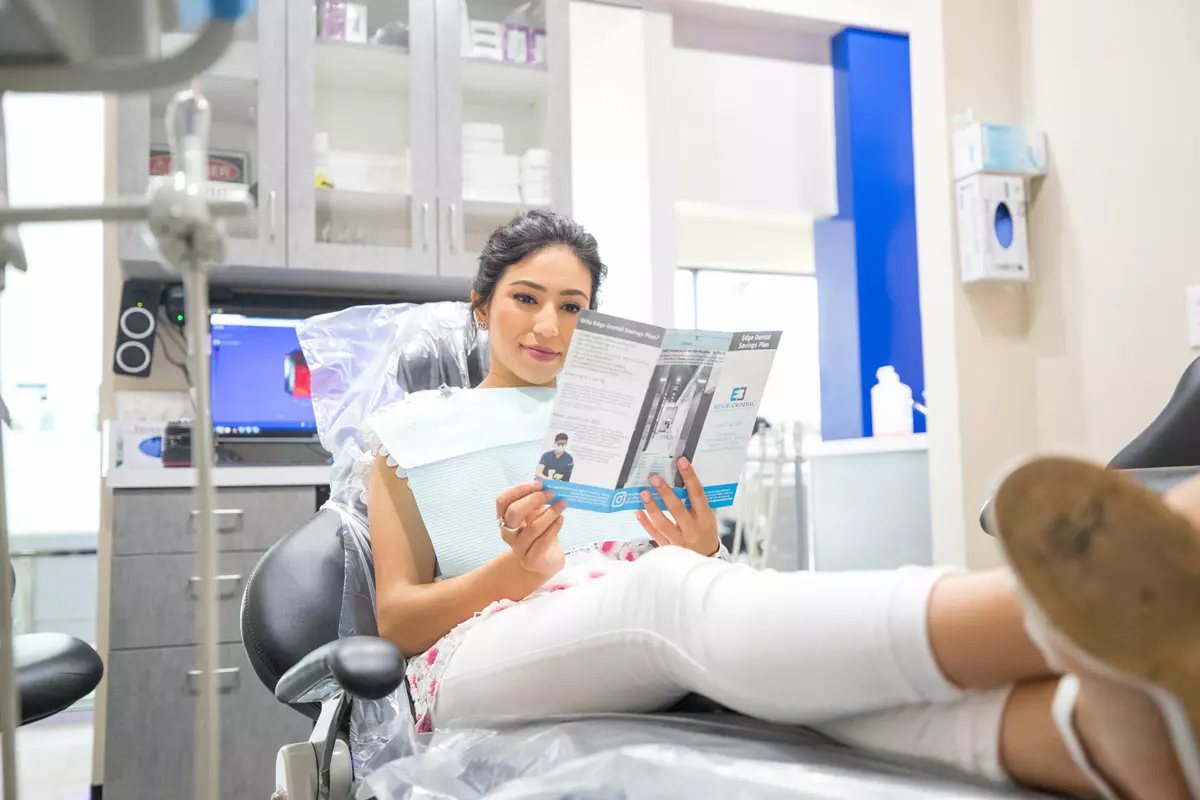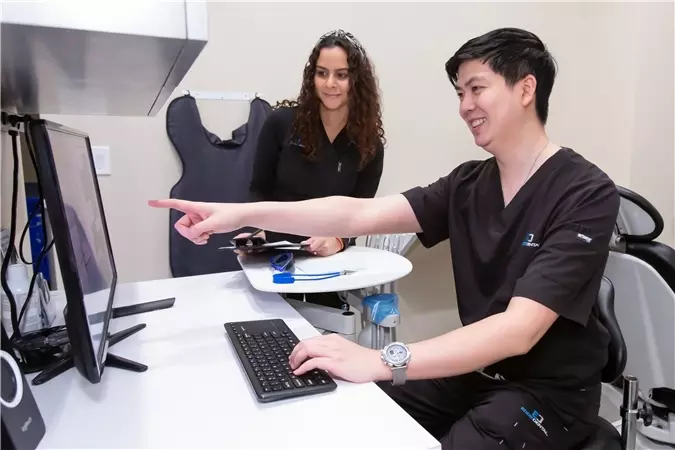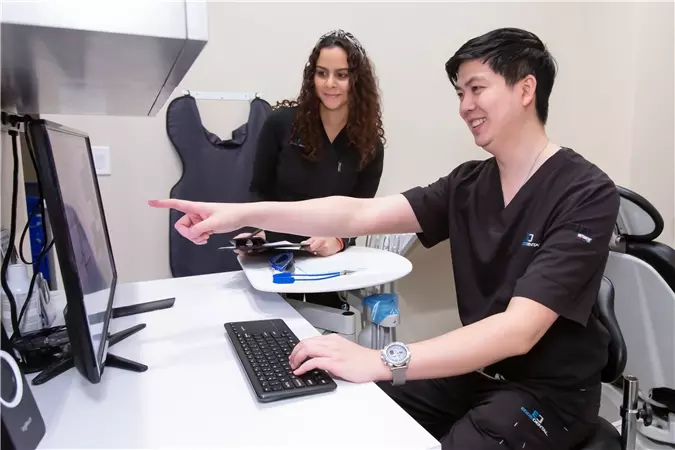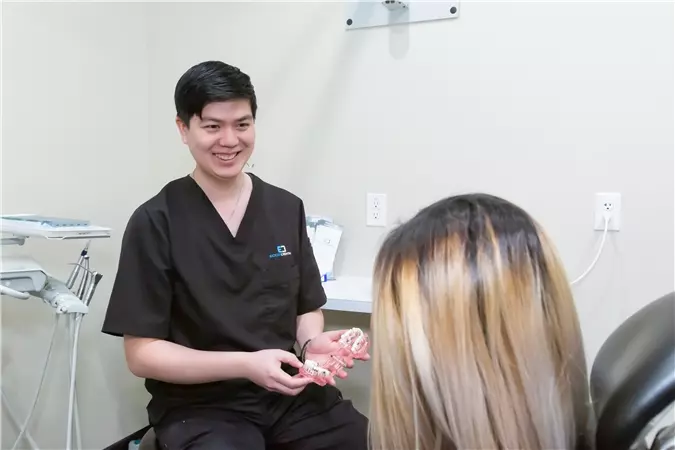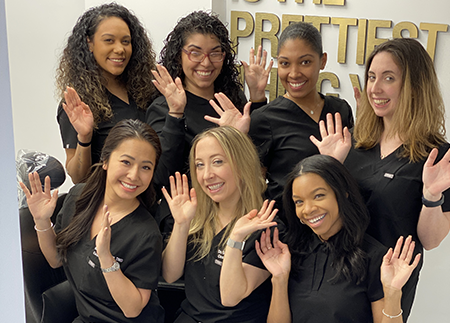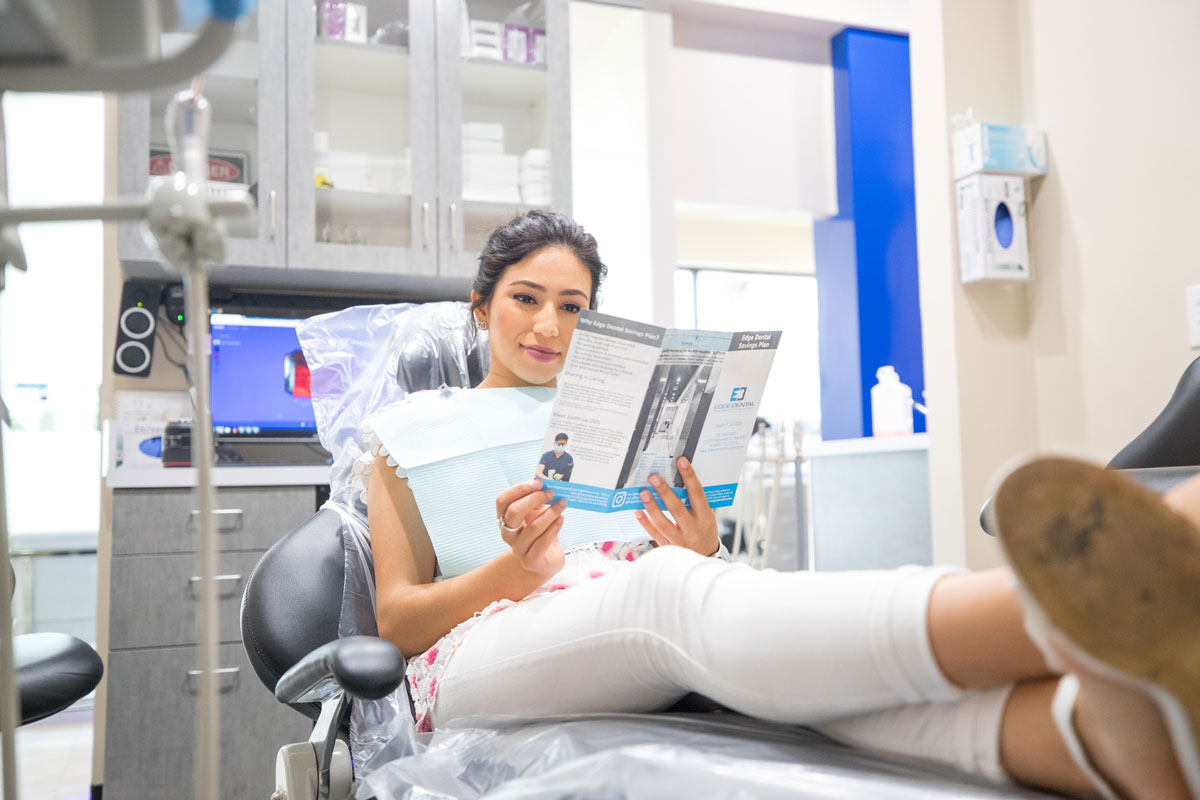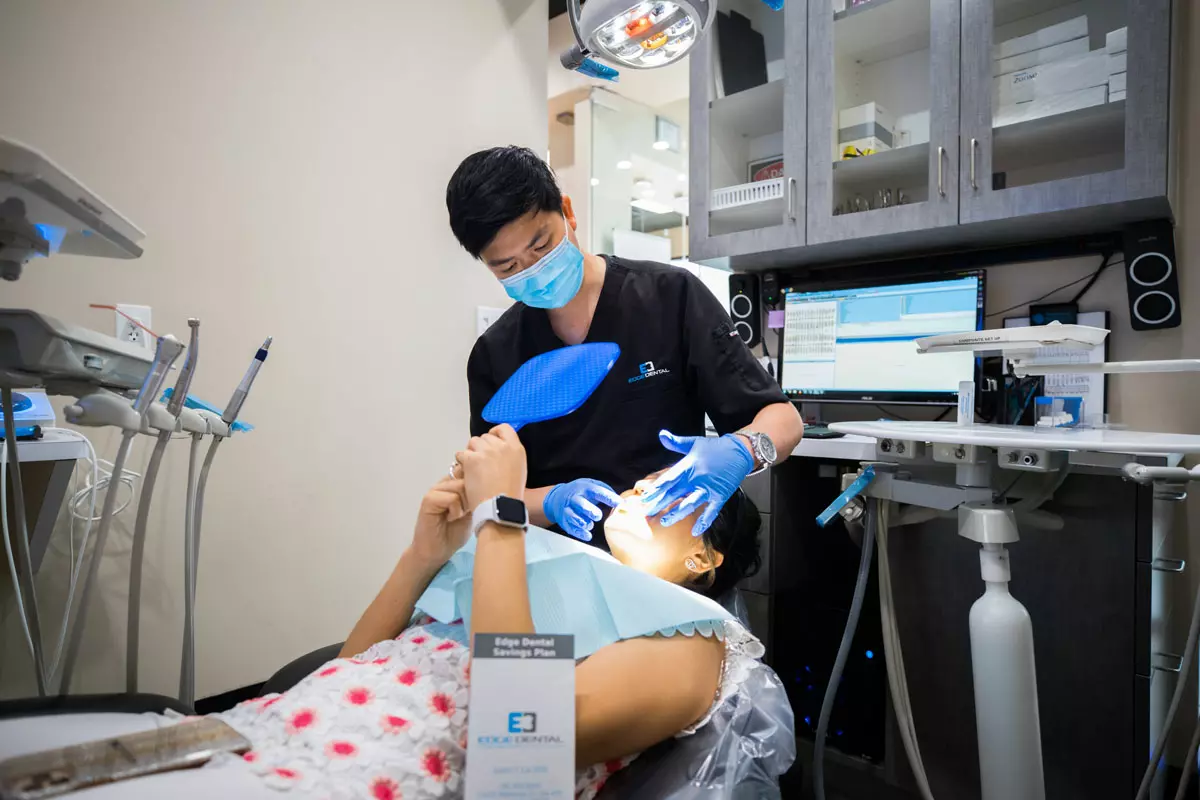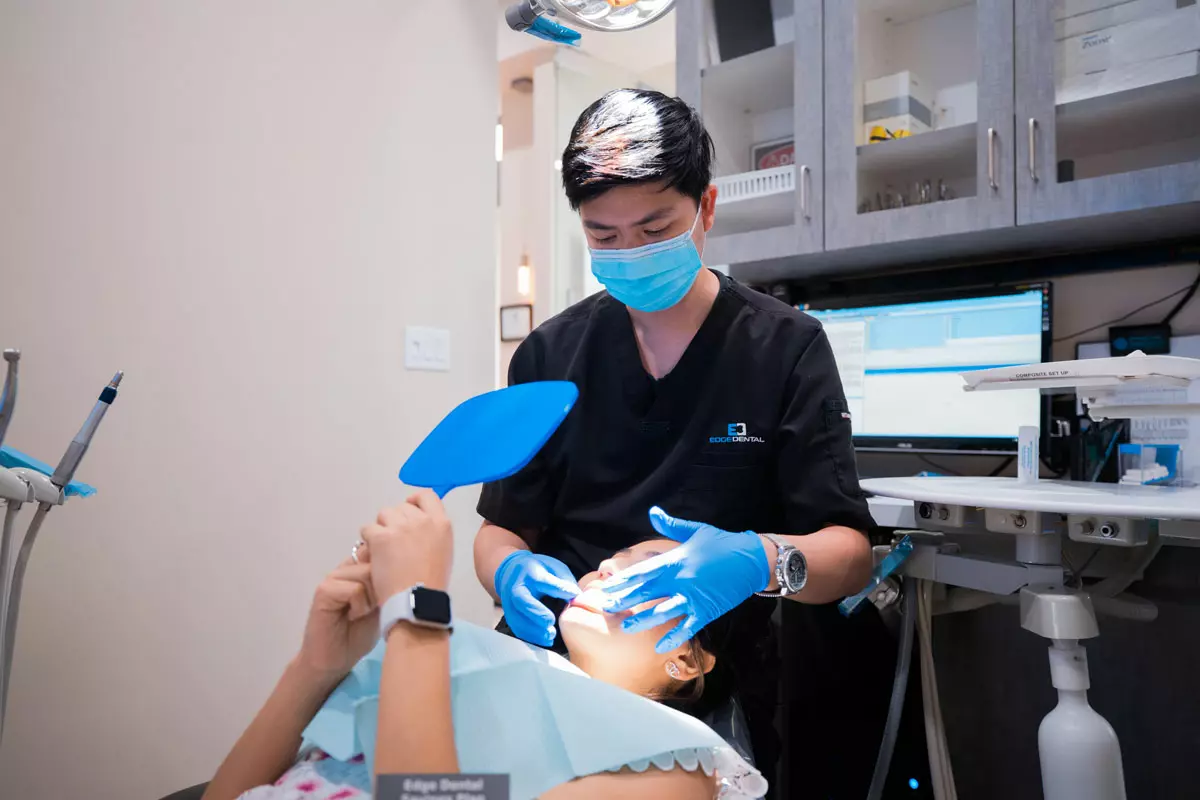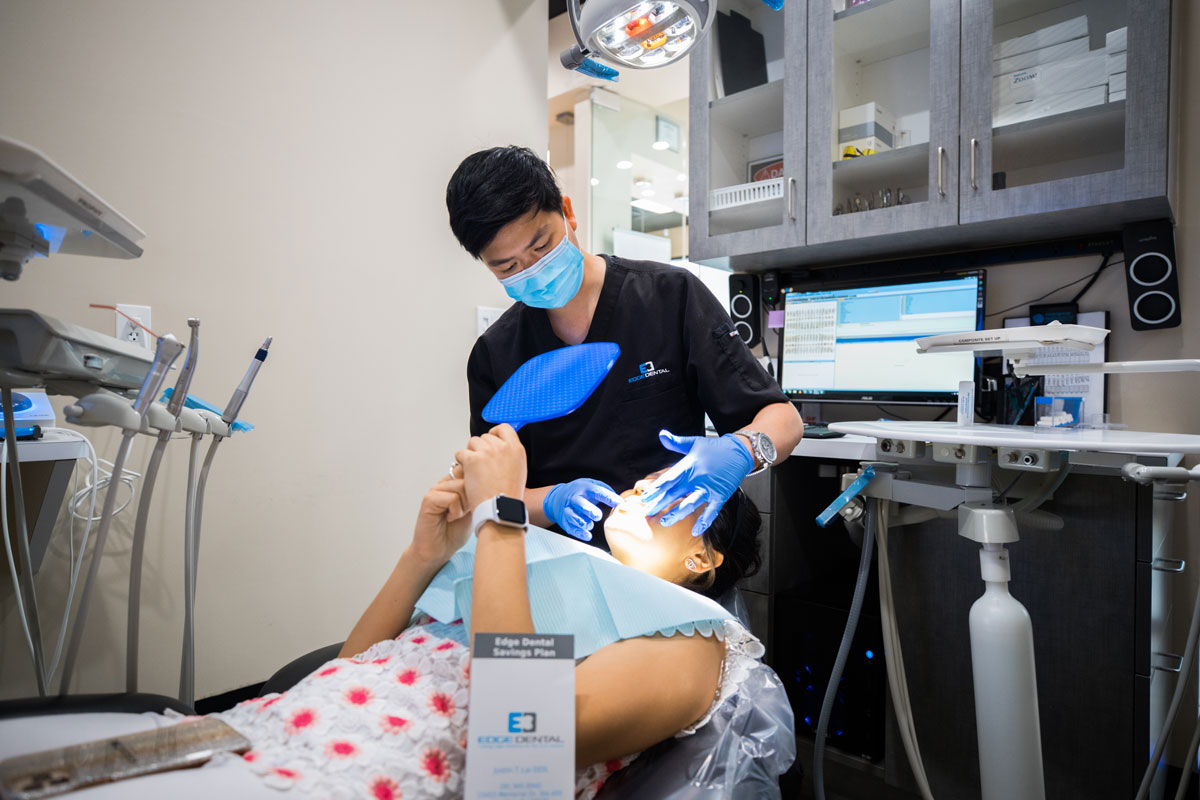A well-aligned and healthy smile can significantly increase your confidence. If you are dealing with misaligned teeth, it is essential to choose the right treatment. Braces and Invisalign are two common choices, each with its unique benefits and limitations.
Understanding Braces and Invisalign

Both braces and Invisalign are effective in aligning teeth, yet they operate through distinct methods. Familiarizing yourself with their functions, advantages, and disadvantages can assist you in determining which option is most appropriate for your requirements. If you are looking for an orthodontist in Austin, TX, this guide will provide you with the necessary information to make a well-informed choice.
What Are Braces?
Braces have been utilized for several decades to address issues related to misaligned teeth and jaw alignment. They consist of small brackets, either made of metal or ceramic, that are bonded to the teeth. A wire connects these brackets, applying precise pressure to guide the teeth into their proper alignment. Braces are known for their effectiveness in treating various orthodontic challenges, including severe misalignment, overcrowding, and bite irregularities.
Benefits of Braces:
Suitable for all types of misalignment, including severe cases.
Effective in correcting complex bite problems.
There is no need to be concerned about taking them out while eating.
They are available in multiple types, including standard metal, ceramic, and lingual braces.
What Is Invisalign?
Invisalign in Austin is an innovative orthodontic solution that utilizes clear, removable aligners to gradually correct teeth alignment. These aligners are specifically designed for each patient using state-of-the-art 3D imaging technology. Patients receive multiple sets of aligners, with each set being used for around two weeks before moving on to the next. To achieve optimal results, it is essential to wear the aligners for at least 20 to 22 hours per day.
Benefits of Invisalign:
a) These aligners are almost undetectable, providing a subtle choice for both adults and teenagers.
b) They offer greater comfort than conventional braces, as they do not include wires or brackets.
c) They can be taken out during meals, drinking, and oral hygiene routines.
d) The aligners are removable, there are no limitations on food choices.
Comparing Braces and Invisalign
Both braces and Invisalign have their advantages and limitations. Let's compare them based on key factors to help you choose the right treatment.
1. Appearance
Braces are visible and can affect appearance, especially in social or professional settings. Invisalign aligners are clear and virtually unnoticeable, making them the preferred choice for those who want a discreet option.
2. Comfort
Braces may cause discomfort due to brackets and wires. Patients may experience soreness after adjustments. Invisalign aligners, on the other hand, are smooth and cause minimal irritation to the gums and cheeks.
3. Effectiveness
Braces are effective for all types of misalignment, including severe cases. Invisalign works best for mild to moderate alignment issues but may not be suitable for complex orthodontic cases.
4. Maintenance and Cleaning
Braces require regular adjustments by an orthodontist. Patients must also practice good oral hygiene to prevent plaque buildup around the brackets. Invisalign aligners need to be cleaned daily and replaced every few weeks, requiring diligence in care.
5. Dietary Restrictions
Braces come with food restrictions to prevent damage to brackets and wires. Sticky, hard, and chewy foods should be avoided. Invisalign has no dietary restrictions since aligners can be removed while eating.
6. Treatment Duration
Treatment time varies based on the complexity of the case. Braces usually take 18–24 months, while Invisalign may take 12–18 months. However, patient compliance plays a significant role in Invisalign treatment duration.
7. Cost Consideration
Braces are generally more affordable than Invisalign. Invisalign tends to be costlier due to the advanced technology used in creating custom aligners. The final cost depends on the complexity of the case and the orthodontic provider.
Which One Should You Choose?
Your choice between braces and Invisalign depends on your dental needs, lifestyle, and budget. Here are some points to consider:
Choose Braces If:
a) You have severe misalignment or complex orthodontic issues.
b) You don’t mind the appearance of braces.
c) You want a reliable, cost-effective treatment.
Choose Invisalign If:
a) You want a discreet, nearly invisible treatment option.
b) You have mild to moderate misalignment.
c) You are disciplined enough to wear aligners consistently.
Consulting an Orthodontist
Ultimately, the best way to determine the right treatment is by consulting an orthodontist in Austin TX. An expert evaluation will help assess your dental condition and recommend the most suitable option. A professional orthodontist will consider factors like your bite, alignment severity, and lifestyle preferences before suggesting braces or Invisalign.
Final Thoughts
Braces and Invisalign both offer excellent results when used correctly. Braces are effective for complex dental issues and provide long-term stability. Invisalign offers convenience and aesthetics but requires commitment.
The right choice depends on your specific needs and preferences. Whether you opt for traditional braces or modern clear aligners, the ultimate goal is a straight, confident smile. Speak to an experienced orthodontist today to start your journey toward better dental health!
